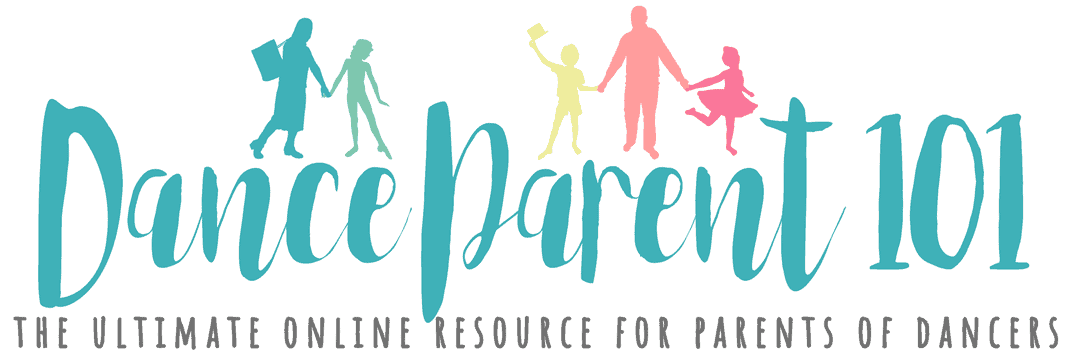By Becky Dimock / Edited by Samantha Bellerose, B.Ed, Dip.Dance(Performing Arts)
Fosse Jazz was created in the 1940’s and 50’s by Bob Fosse as an offshoot of Broadway jazz. Fosse pulled inspiration from his background in vaudeville, the teachings of Broadway jazz founder Jack Cole, his work with Fred Astaire, and his own insecurities (he did not like his hands or his thinning hair and didn’t have good turnout), he developed a unique choreographic style and terminology.

Fosse jazz is known for white gloves and black bowler hats, pigeon toes, isolations, and hunched shoulders. Many common jazz movements were created by Bob Fosse and are still used today. Dozens of musicals have been choreographed in his distinctive style, including Cabaret, Chicago, and All That Jazz.
Fosse Jazz was not limited to the stage. Despite being a hugely successful choreographer, by 1960, Fosse was still getting pushback from directors who thought his moves were too suggestive. In response, he began directing as well as choreographing. As a result, he revolutionized how dance was filmed, leading the way for the next generation of directors.
Because his style is so unique and widely used, any dancer who aspires to perform in musicals needs to be familiar with Fosse Jazz. Most dance studios and colleges will teach multiple styles of jazz, including Fosse, but if you’re looking for a crash course, search for a master class or summer intensive that features Fosse Jazz.
This page is just one of hundreds of definitions of the many styles and genres of dance. This library is being continually added to by the writers and contributors of Dance Parent 101!
